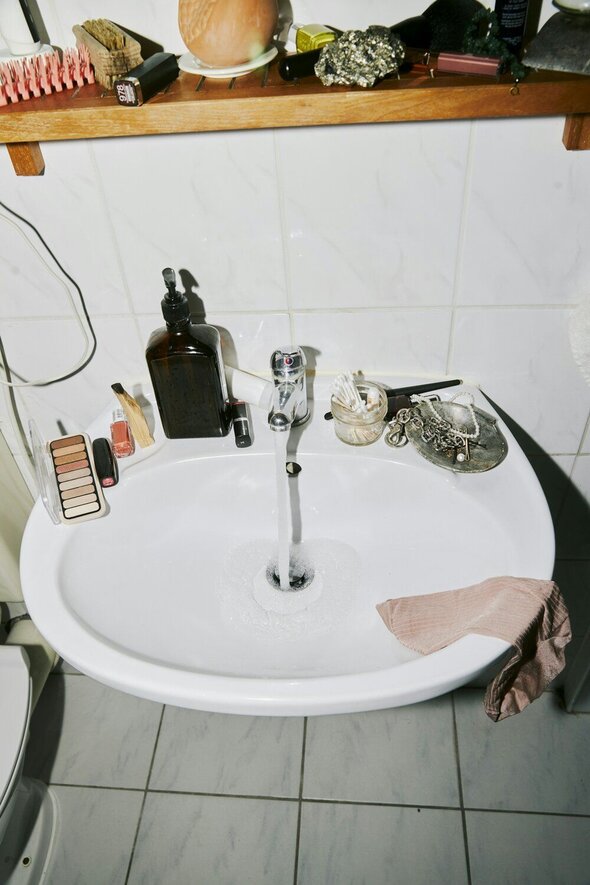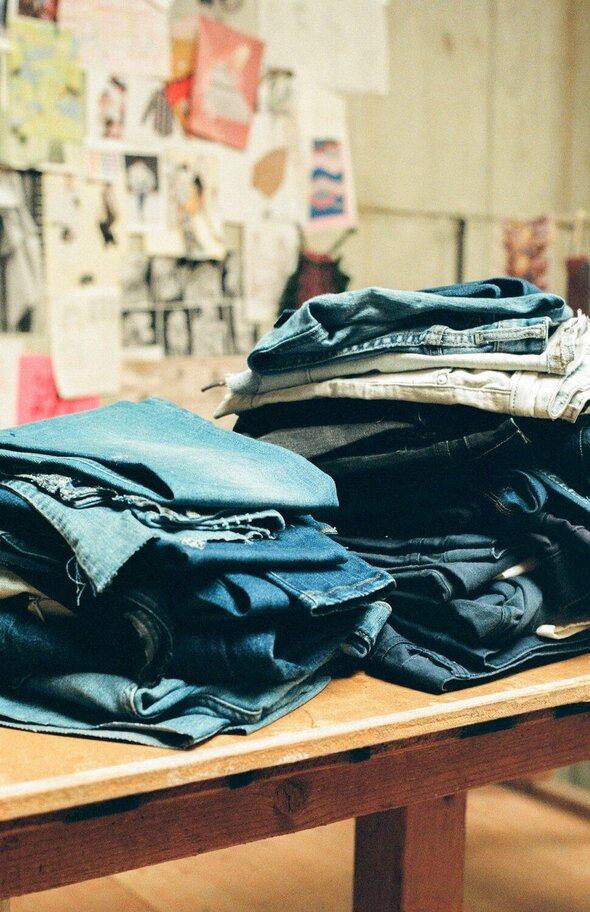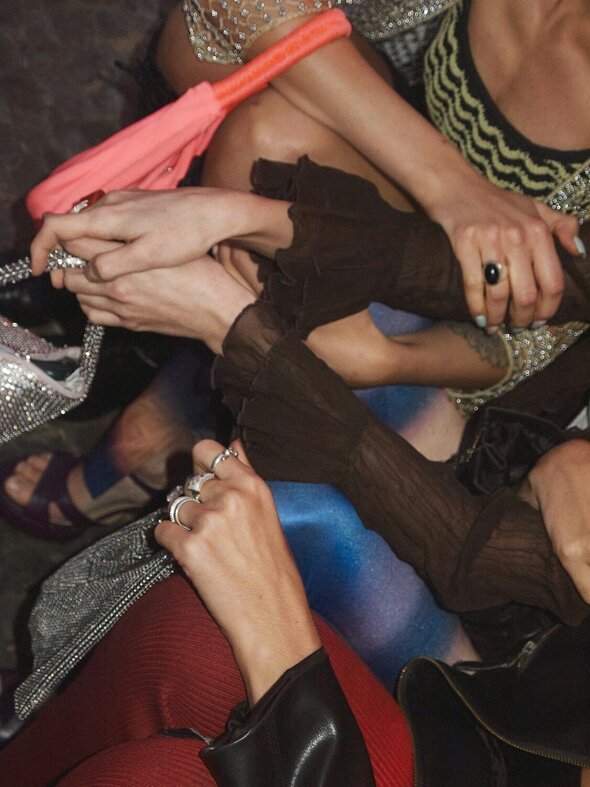Hey fashion, it’s time for a new look!
Not too long ago it felt as though ‘cores’ and micro-trends had the fashion industry in a chokehold. As the TikTok algorithm churned out a steady stream of aesthetic codes to live and dress by, fashion businesses clamoured to keep up. We made ‘Barbiecore’ edits on the fly, slapped bows everywhere à la Sandy Liang (a patron saint of girlhood-inspired fashion), and saw minimalism rebranded as ‘quiet luxury’. The churn has notably slowed in recent months, and yet just when we thought we’d seen the last of ‘core’ mania, an unlikely player has joined the chat: enter #underconsumptioncore.
Words: Lydia Oyeniran
How to embrace #underconsumption core as a fashion brand
For fashion businesses that exist to (let’s be honest) sell more stuff (though we’re trying to change that); an underconsumption trend that encourages your customers to spend less and keep their items for longer might incite a little concern. Yet as the industry grapples with shifting from linear to circular business models, having consumers on board with this may be the extra push we need to keep going.
Want to know what your fashion brand can do to capitalise on the #underconsumptioncore trend for the long haul? These ideas below can help you get started:
Showcase the longevity of your products
Throwaway fashion is out, outfit repeating is in. Showcase the longevity of your most loved hero products with campaigns that demonstrate durability and versatility in comparison to cheaply-made alternatives or dupes. Think: Burger King’s ‘Moldy Whopper’ campaign, visually demonstrating their use of real and natural ingredients in comparison to their competitors. By demonstrating superior quality after multiple wears and washes, you can educate customers on why your products are worth the extra investment - buying less but better.
Our Impact calculator allows you to instantly compare the environmental footprint of similar products, helping consumers make informed decisions to shop sustainably (LAUNCHING SOON).
“Kick the bloody doors in, destroy, redesign, create something new”
Want to nail 'underconsumptioncore’ and become a truly circular fashion brand? Try CircKit today!



